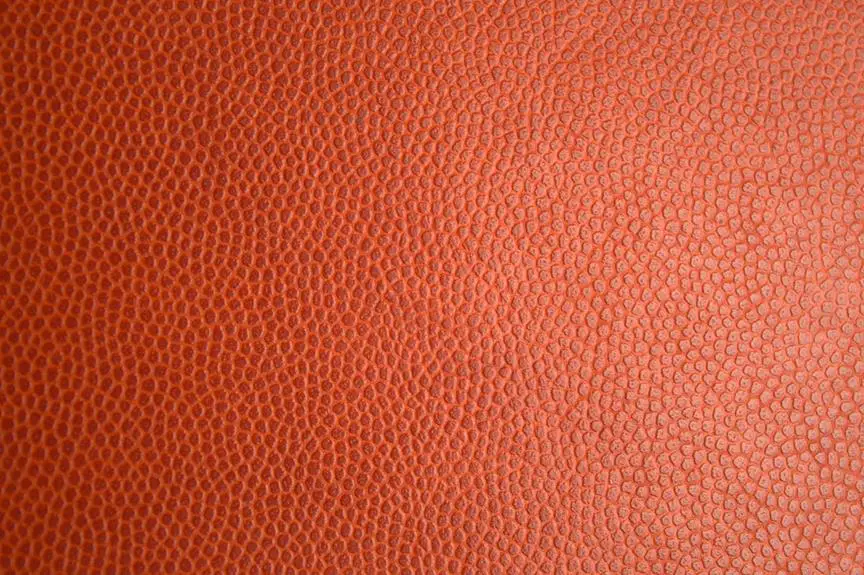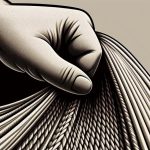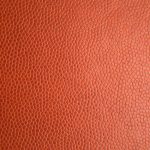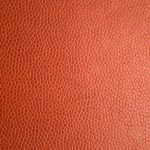When you think about fabric choices, you might wonder how duck canvas stacks up against traditional canvas in texture. You'll find that duck canvas has a smoother surface and a tighter weave, which lends itself well to certain projects. On the other hand, traditional canvas offers a more textured feel, ideal for artistic endeavors. But how do these differences influence your decision when selecting materials for your next project? Understanding the nuances could be the key to achieving the outcome you desire.
Table of Contents
Definition of Duck Canvas
Duck canvas is a durable, tightly woven fabric often made from cotton, known for its strength and versatility in various applications. When you think of duck canvas, picture a heavy material that can withstand tough conditions. Its tight weave gives it a robust feel, making it ideal for items that require extra durability. You might find duck canvas used in everything from heavy-duty workwear to outdoor gear and upholstery.
One of the distinguishing features of duck canvas is its weight. It's typically available in different weights, ranging from light to heavy, which you can choose based on your specific project needs. Weighing in at 8 ounces per square yard or more, it provides excellent abrasion resistance, making it perfect for products that see a lot of use.
Additionally, duck canvas can come in various finishes, which adds to its versatility. Whether you need a treated canvas that's water-resistant or one that's untreated for breathability, duck canvas has you covered. As you explore its uses, you'll appreciate the balance of functionality and aesthetic appeal this fabric provides in your projects.
Definition of Traditional Canvas
Traditional canvas is a strong, durable fabric typically made from cotton or linen, often used in a variety of applications like painting, tents, and sails. You might notice its distinctive texture, which contributes to its versatility; it can withstand rough conditions, making it an ideal choice for outdoor use.
When you think of canvas, envision a sturdy weave that provides the necessary support for heavy-duty tasks. Its weight and thickness can vary, which affects both its application and feel. The construction process usually involves a tightly woven fabric, giving canvas its resilience and strength.
As a painter, you might prefer traditional canvas for creating artwork because it can hold various mediums, including oil and acrylic paints. Many artists appreciate the way the surface enhances colors and textures. If you're considering using it for other purposes, like crafting or upholstery, its robust nature will serve well in those areas, too.
Key Texture Differences
When comparing textures, you'll notice that duck canvas has a tighter weave and a smoother surface compared to traditional canvas. This difference in weave leads to a feel that's less coarse, giving duck canvas a more refined and polished appearance.
If you're working on projects that require a smoother finish—like bags or upholstery—duck canvas might be the better choice for you.
Traditional canvas, on the other hand, tends to be more textured and rugged. The looser weave can provide a more organic look, making it ideal for artistic applications or items where a more rustic feel is desired.
If you're painting or creating artwork, you might prefer traditional canvas for that tactile experience.
Another aspect to consider is the level of durability. Duck canvas's tighter weave can make it more resistant to wear and tear; this means your items may last longer when made from this material.
Weight and Density Comparison
Choosing between duck canvas and traditional canvas often involves weighing their differences in weight and density, which can significantly affect your project's functionality and performance.
Duck canvas is typically heavier and denser than standard canvas, providing a sturdier material that can withstand more stress. If you're working on projects that require robust strength, like tents or heavy-duty bags, the extra weight and density of duck canvas might be beneficial.
On the other hand, traditional canvas offers a lighter option, making it easier to handle and fold. For projects like lightweight backpacks or certain crafts, this reduced weight can enhance comfort and usability.
You'll find that the density of each type also plays a role; duck canvas generally feels more substantial and can hold up better against wear and tear.
Ultimately, the choice depends on your specific needs. You'll want to consider how the weight and density of the material will impact the overall design and functionality of your project. Keep in mind your end-use, and choose the canvas type that best fits the demands of your project while ensuring ease of use during the creating process.
Durability and Longevity
Durability and longevity are critical factors to consider, as duck canvas typically outlasts standard canvas due to its inherent strength and heavy-duty construction.
When you choose duck canvas, you're investing in a material that's engineered to withstand wear and tear, making it ideal for challenging environments.
You'll notice that the tight weave and thicker strands contribute to its resilience, especially against fraying and tearing.
In contrast, standard canvas may not hold up as well under similar conditions. While it can serve multiple purposes, it usually doesn't offer the same robustness as duck canvas.
If you plan to use the fabric for demanding applications, such as outdoor gear or heavy-duty bags, you're better off with duck canvas.
Moreover, duck canvas often features a water-repellent finish, enhancing its durability in wet conditions.
This added protection ensures that your items remain intact longer, giving you peace of mind.
Regular maintenance will also prolong its life, but duck canvas can handle a bit of neglect better than standard canvas.
Common Uses for Each
Given its superior strength and resilience, duck canvas is often preferred for heavy-duty applications like outdoor gear, workwear, and durable bags, while standard canvas finds its place in lighter uses such as crafts and home decor.
When you think about camping tents or backpacks, duck canvas clearly stands out. Its durability can withstand harsh weather conditions and rough handling, making it ideal for outdoor enthusiasts.
On the other hand, if you're looking to craft something decorative, standard canvas comes into play. You can use it for painting, sewing art projects, or even designing tote bags for everyday use. Its softer texture lends itself well to more delicate applications, ensuring that your creations look great without being too stiff.
Additionally, you might consider standard canvas for DIY home decor projects, including pillow covers, curtains, or even lightweight furniture upholstery. While it won't hold up under heavy stress like its duck canvas counterpart, it serves beautifully in decorative roles, enhancing your living space's charm.
Ultimately, choosing the right type depends on your specific needs and how you plan to use the fabric.
Choosing the Right Fabric
When evaluating your fabric options, consider how you'll use the material to ensure it meets your specific needs and expectations. Duck canvas is known for its durability and weight, making it ideal for projects that require sturdiness, like outdoor gear or heavy-duty bags. If you're planning a project that involves frequent wear and tear, duck canvas might be your best bet.
On the other hand, regular canvas offers a lighter, more flexible alternative, suitable for clothing or less demanding applications like art canvases. Its versatility can be appealing if you're seeking a fabric that's easier to handle and sew.
Additionally, think about the fabric's finish and texture. Duck canvas typically has a tighter weave, resulting in a finer texture, while regular canvas can feel coarser and more rugged in comparison.
Ultimately, the right choice depends on your project's requirements. Whether you need the strength of duck canvas or the versatility of standard canvas, ensure you factor in aesthetics, functionality, and the specific demands of your project to make an informed decision. Choose wisely, and you'll achieve the desired outcome in your creations.
Frequently Asked Questions
Is Duck Canvas Suitable for Outdoor Projects?
Yes, duck canvas is suitable for outdoor projects. Its durability and water-resistant properties make it ideal for items like tents, tarps, and outdoor furniture. You can confidently use it for various weather-resistant applications.
Can I Dye Duck Canvas for Custom Colors?
Yes, you can dye duck canvas for custom colors! Use fabric dyes and follow the instructions carefully. It's a great way to personalize your projects and achieve the specific look you're going for.
How Does the Finish Affect Canvas Texture?
The finish impacts canvas texture significantly. A smoother finish creates a sleeker feel, while a rougher finish offers more grip. Depending on your project's needs, you'll want to choose the appropriate finish for desired texture.
Are There Eco-Friendly Options for Both Fabrics?
Yes, you'll find eco-friendly options for both fabrics. Look for organic cotton or recycled materials that minimize environmental impact. Many brands now offer sustainable choices, so you can make a more environmentally conscious decision in your fabric selections.
What Sewing Techniques Work Best With Duck Canvas?
When working with duck canvas, you'll want to use a heavy-duty needle and strong thread. A straight stitch works well, and for reinforced areas, consider using a zigzag stitch to prevent fraying and enhance durability.
- How Does Ring Spun Cotton Affect Garment Fit and Shape Retention? - August 13, 2024
- What Are the Challenges in Producing Ring Spun Cotton? - August 13, 2024
- Is Ring Spun Cotton Suitable for Plus-Size Clothing? - August 13, 2024







